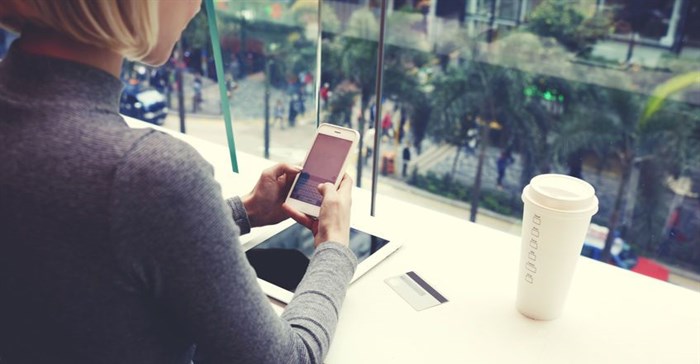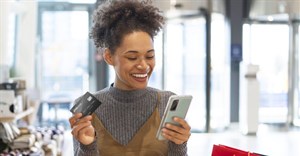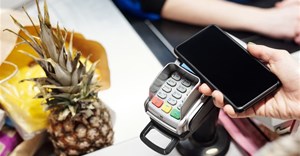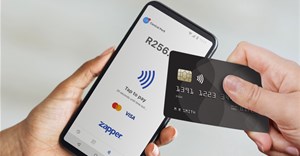Trending





 McKinsey restructures, 3% of workforce to goDanette Breitenbach
McKinsey restructures, 3% of workforce to goDanette Breitenbach
Elections 2024
Jobs
- Operational Manager - Food Industry Mossel Bay
- Baker - Commercial Bakery Vereeniging
- Brand Ambassador Hazyview
- Field Sales Representative Hazyview
- Customer Sales Consultant Hazyview
- Sales and Marketing Management Hazyview
- Sales Promoters Hazyview
- Store Manager George
- Sales Assistant Hazyview
- Junior Sales Consultant Hazyview
Integrated payments - the new holy grail for retailers

To keep up with the pace of innovation among digital giants and start-ups, retailers will need to start looking at how they can use new technologies to transform their in-store experiences.
The new holy grail for retailers is to offer a truly integrated payments experience that spans in-app, online and in-store payments. Yet most retailers still have a long way to go. Although 85% of retailers see integrated commerce as a top priority, only 18% have implemented an appropriate system, according to a 2016 POS survey conducted by independent retail management consulting firm, BRP.
We have already seen some innovation in areas such as in-store payments apps, which in turn, builds on the success of contactless payments. Yet the ways in which consumers use in-store retail applications are still pedestrian in most parts of the world, with many having basic functionality like finding stores. Retailers should be looking at other ways to use their apps to drive customer loyalty and reduce costs.
Payments at the point of need
Quick service restaurants are leading the way. For example, we are working with a leading QSR in several parts of the world to allow customers to pay at the table from a mobile wallet and collect their meals with no need for queues. This sort of application is a great experience, and also helps retailers gather data they can use for personalising customer experiences and streamlining their processes.
The next step forward is for retailers to address the customer with simpler payment at the point of need. One sports retailer is piloting a “payment tunnel” where pre-registered consumers are checked out with their bag of RFID tagged goods as they walk out. They are automatically charged 15 days later, unless the goods are returned. This means that customers can skip the queue and do not even need to take out their wallets.
In addition to the customer convenience, this also allows retailers to optimise the store layout and release valuable real estate. A logical next step from here is allowing customers to order goods at the instant of need. For instance, connected devices such as home appliances will make it easy for customers to automatically order food or home consumables as they’re required.
An AI-powered personal shopping assistant
Going forward even further into the future, retailers should be able to fulfil customer needs at the moment they arise or even predict them. By serving customers in the second they need something, retailers can boost their customer service dramatically. A combination of artificial intelligence, big data and the Internet of Things will help retailers predict the intent of shoppers, whether they’re online, in-app or in-store.
Some retailers are piloting smart chatbots in their mobile apps to help shoppers find what they need and navigate to the store. An algorithm can predict why the shopper is in the store and help him or her meet those needs. For instance, an AI-powered personal stylist can help a customer put together an outfit. If this is combined with frictionless payment, it can deliver a smooth, end-to-end retail experience.
A frictionless purchase path
These sorts of seamless payment experiences will be enabled by innovations in security. Our research shows that 53% of consumers forget crucial passwords more than once a week, needing to reset their passwords as a result. Furthermore, more than half of consumers want to see passwords replaced by something more convenient.
That’s why we have sought to make it easy for customers to store their payment info on our Masterpass digital wallet. We are also starting to bring easy authentication methods such as fingerprint biometrics into the mainstream. In future, voice recognition and facial recognition may become commonplace, offering an even better combination of security and convenience.
It’s an exciting time for the retail industry, especially for retailers who seize the opportunity to use innovative payments technology to transform the customer experience. There’s no doubt that the change in consumer expectation will revolutionise the way people transact – the question is when they will expect smooth transactional experiences across all channels from every retailer they deal with. Forward-thinking retailers will respond by eliminating obstacles and reducing friction along the purchase path.













